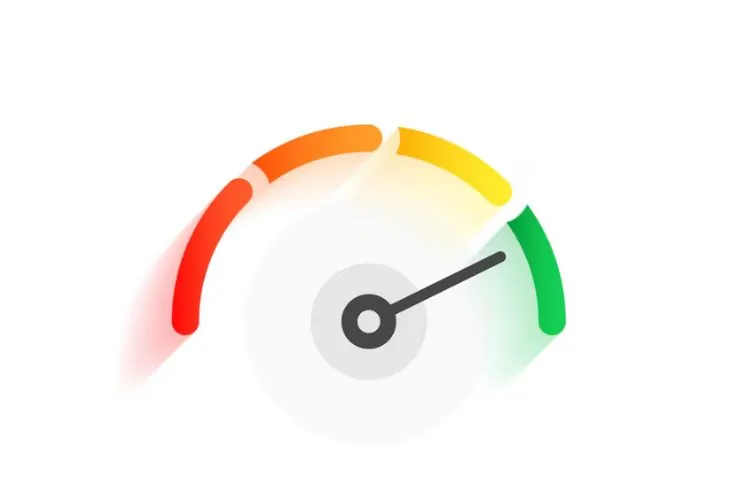React 18 has a lot of features that bring lots of improvements and enhancements for the developer experience, as well as performance. Being a seasoned React developer getting started, these new additions are important in letting you know how to utilize React to its maximum potential. So, let’s dive into some of the major features in React 18, and let’s see how we can leverage it in our projects.
1. Automatic Batching
Automatic batching is one of the most important enhancements in React 18. In React, up until now, state updates were batched only under certain conditions, such as an event handler. With automatic batching, React will now batch the updates regardless of their location: whether in an event handler, setTimeout, or an async function. This means there are fewer renders and better performance; your applications are going to feel snappier and more responsive.
2. Concurrent Rendering
React 18 introduces Concurrent Rendering, which enables React to work on multiple tasks in parallel. This means that even as heavy computations or rendering tasks are being carried out, the UI remains responsive. With concurrent rendering, it can pause work, come back to it later, and prioritize more important tasks, such as user interactions, ensuring a smooth user experience.
3. Transitions
With the new transitions API, you can now mark specific updates as transitions, and that lets it know to keep the UI responsive while rendering changes that do not have to be done right away. If you are, for example, loading some new data, you can wrap that update in a transition, and the old content will stay visible while it fetches the new and renders it. It really makes it smooth and reduces time felt while loading.
4. Suspense for Data Loading
In addition, React 18 adds support for data fetching as part of the Suspense feature. By this, you will use Suspense for controlling the loading state of an asynchronous data fetch. That means you can surround data-fetching components with a <Suspense> component and still be able to render a fallback UI such as a spinner or placeholder while the data is being fetched. In doing so, you will not need to track all of your various loading states around your application.
5. New Root API
React 18 introduces a new root API that makes simpler your way of creating and managing your root. From using something like ReactDOM.render() to getting started with your application, you will be able to use the new method createRoot() which simply starts up your application in a most straightforward way. It supports concurrent feature-based, streamlines rendering, and provides better error handling. It give more straightforward usage of the API.
6. Better SSR (Server-Side Rendering)
Better Server-side Rendering- React 18 offers a better performance along with improved SEO due to its superior capabilities for server-side rendering. Streaming SSR feature: Streaming SSR lets you transmit pieces of the rendered HTML directly to the client as soon as they become available. As a result, users see parts of your application sooner, and your application’s load time starts to feel faster, leading to an enhanced overall user experience.
Conclusion
It also comes with a set of new features in the introduction of React 18. Focused on performance, developer experience, and user experience. Bringing in an assortment of features such as automatic batching and concurrent rendering and better data fetching .














